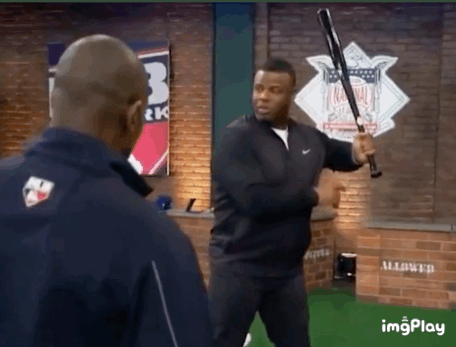- Jun 8, 2016
- 16,118
- 113
This should bring an end to this ridiculous thread.
This should bring an end to this ridiculous thread.
You could have added about another 10 threads to that list
Trying to add value to the discussionYou could have added about another 10 threads to that list
While 'swinging down' and 'staying on top' are somewhat similar in goal (and used interchangeably a few times above) they are not the same from a teaching perspective, IMO. The cue swinging down can cause all sorts of problems taken too literally. To me fighting to stay 'on top' while a rearward turned barrel gets sucked *under* results in all kinds of good things (ie, maintaining and even enhancing usable stretch while creating the desired barrel path) while being harder for novices, young kids and poor instructors to misapply. Swinging down doesn't seem worth defending or using.


Yes, right in the introduction of the SoH he said he used to talk about the "level swing", but that he later learned that was incorrect....
Might just be me, but I've never considered Twitter a reliable source of reference or information (too many Twitter warriors), but prefer to go the actual document(s) from the sources themselves.
Starts with a vertical bat, so yes there is more swinging down. Sure looks like it goes up at contact and not down through.